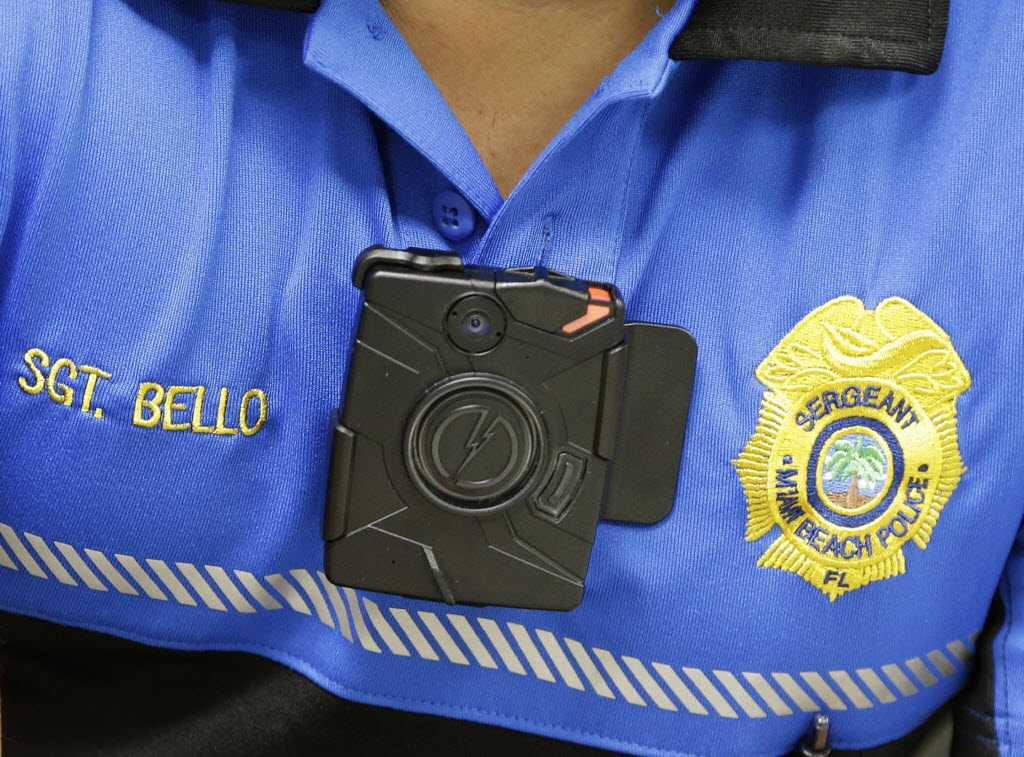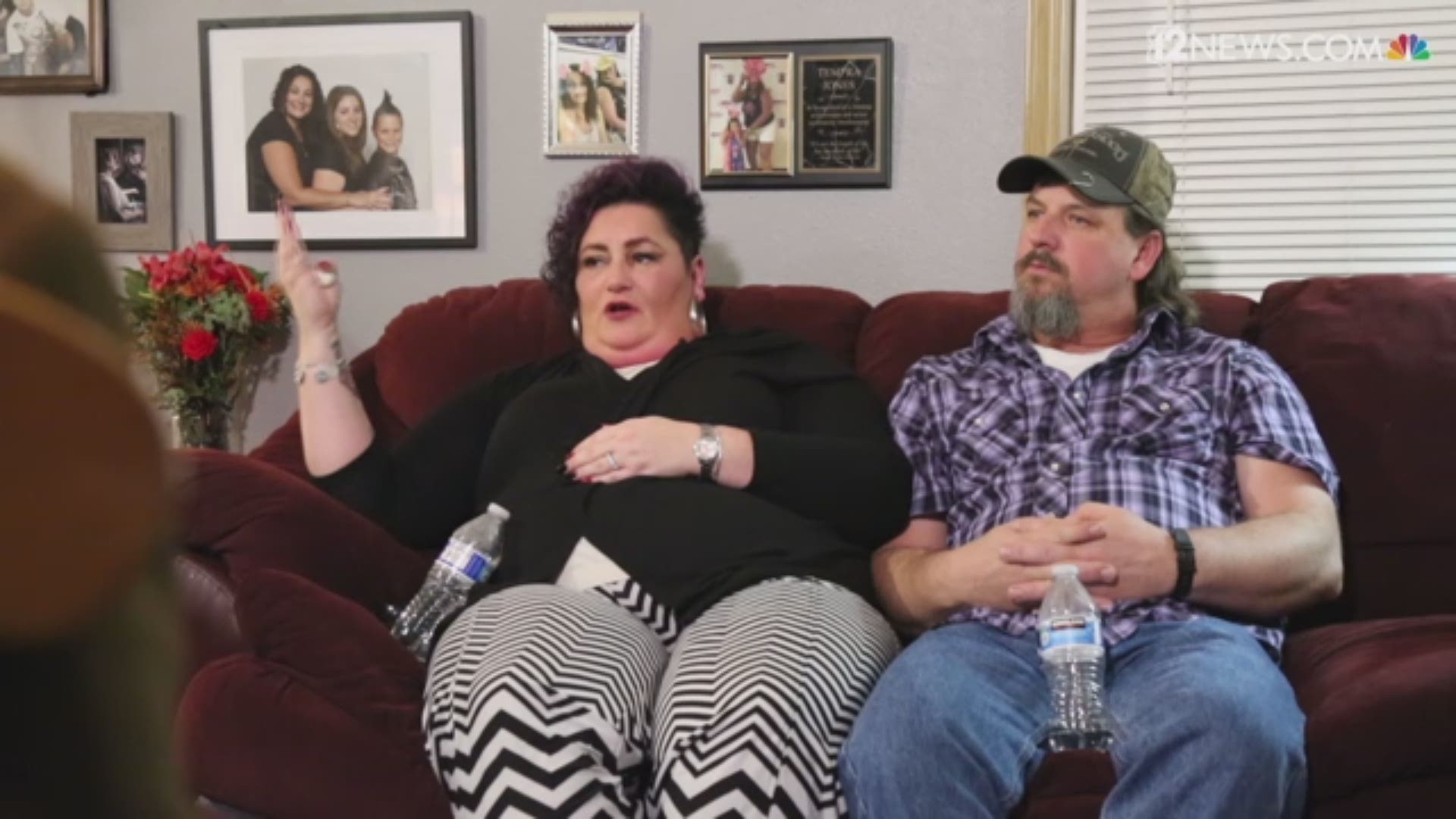After two years of high-profile and often controversial interactions between police and civilians, many have come to see police-worn body cameras as a panacea. In fact, a January survey found that nearly every major police department plans to use body cameras in the near future, buoyed by public passion and political pressure.
Yet putting a camera on every law enforcement officer – along with storing and securing millions of hours of video – could be the most expensive law enforcement initiative since installing two-way radios in patrol cars. Before rushing headlong into an age of ubiquitous police cameras, there should be some consensus on a question of equal interest to everyone from Black Lives Matter to Blue Lives Matter: What do we want cameras to accomplish?
Many people believe police body cameras will reduce disproportionate uses of force and contribute to responsible policing. Body camera video already has helped hold officers accountable for misbehavior. But the presence of a camera alone will not halt police abuses, as demonstrated vividly by police shootings of a homeless man in Albuquerque and a fleeing teenager in Chicago, both captured on police cameras.
Video has also exonerated officers. A pair of videos released this month by a Texas police department illustrates the point neatly. The first, from a dash-cam, appears to show an officer being overly aggressive with a driver he had pulled over. The second, from the officer’s body camera, shows the driver reaching towards a gun on the seat.
If police accountability were the only goal, release of videos could be required so citizens and journalists could play an oversight role. They might require officers to write up their reports before viewing video to ensure that their recollection isn’t tainted. And they would likely call for videos to be kept for as long as civilians have to file a complaint – often several years.
![When low wages lead to jail and death: Column [oembed : 82485532] [oembed : 82485532]](/Portals/_default/Skins/PrestoLegacy/CommonCss/images/smartembed.png)
But accountability is not the only objective. How law enforcement uses and manages cameras might look very different if policymakers instead decide to prioritize collection of evidence for criminal cases. Defense attorneys for years have looked to video when challenging DWI cases, and both prosecutors and defense lawyers increasingly see body camera video as a rich source of evidence.
With this aim in mind, policymakers might limit public and press access to videos, while encouraging officers to view videos before writing their reports to incorporate as much detail as possible, an approach that most departments take (but many civil rights groups oppose).
Even groups with the same goals can disagree about specific policies. Some advocates for victims of domestic violence recommend body cameras be turned off or turned to audio-only so as not to re-traumatize victims, particularly if the video might be released publicly. At the same time, prosecutors who want to put domestic violence offenders behind bars depend on video to obtain evidence even if a victim is unwilling to testify.
![Soledad O'Brien: #Blacklivesfade on 2016 trail [oembed : 82485584] [oembed : 82485584]](/Portals/_default/Skins/PrestoLegacy/CommonCss/images/smartembed.png)
POLICING THE USA: A look at race, justice, media
Similarly, cities with a history of clashes between police and protesters have taken very different approaches to the use of body cameras at lawful demonstrations. New York City generally prohibits videotaping at political events, so as not to chill expression protected by the First Amendment, while Washington, D.C. requires officers to activate their cameras at protests and keeps the videos for multiple years, in case there are constitutional challenges to the officers’ actions.
In the meantime, there is already a push for more innovation, like wearable technologies that sense an officer’s movements and heart rate. This raises another set of policy decisions: how to handle the resulting trove of data on the minutiae of policing and the personal lives of police officers on the job. Policies must be in place to handle the tracking and recording of every moment, from donut shops to confidential informant meetings to murder investigations, in ways that protect the rights of all.
Body cameras can achieve many goals, but not all at the same time. Police, lawmakers and the public must all be at the table — before purchase orders are cut and before the technology is finalized — to decide what they want the cameras to accomplish, and to understand their limitations.
Rachel Levinson-Waldman is Senior Counsel in the Liberty & National Security Program at the Brennan Center for Justice at the NYU School of Law. Follow her on Twitter @RachelBLevinson. Nick Selby is a Texas police detective and author of the forthcoming book In Context: Understanding Police Killings of Unarmed Civilians. Follow him on Twitter @nselby.


![635950419742022999-body-cam.JPG [image : 82485402]](http://www.gannett-cdn.com/media/2016/03/31/USATODAY/USATODAY/635950419742022999-body-cam.JPG)
